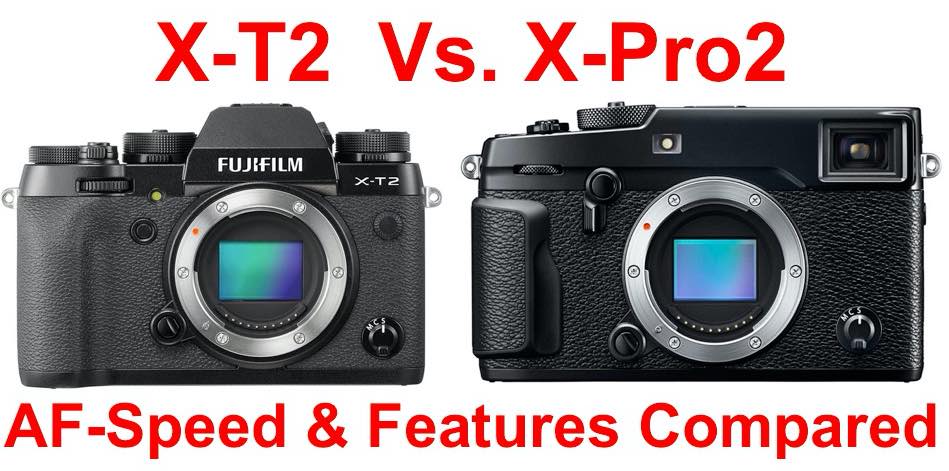Fujifilm X-T2 Vs. X-Pro2 :: Autofocus Differences… And Why the X-T2 is (and Will Always Be) Better for Sports!

X-T2 Vs. X-Pro2 AF-speed & features
We just heard it form TheCameraStoreTV here: the Fujifilm X-T2 is, along with the Sony A6300, the only mirrorless camera that can compete with DSLRs (that’s their opinion). And in some cases it also tracks better than the Sony A6300.
So what happened to Fujifilm? Where does this AF-speed boost come? Is AF-tracking now really more accurate and C-AF faster? And especially… will the X-Pro2 ever catch up to the level of the X-T2 via Firmware Update?
There is quite a bit of confusion regarding this, just read the comments to this facebook post on FR, so high time to say a few things:
- Customizable AF-tracking: everyone out there, who’s going to test the X-T2 AF-tracking, should study and get familiar with the new customizable AF-tracking options. As demonstrated in the TCSTV Video, they really seems to work great. It’s a huge bonus of this camera compared to its direct competitor, the Sony A6300… and also compared to the X-Pro2.
And the X-Pro2?: Will the X-Pro2 get these new AF-C Custom Settings functions? The Answer is: NO. Fuji said it clearly. The X-Pro2 Firmware 2.00 Update in October 2016 will implement the new AF-algorithm, but not the custom settings functions. - The Magic Algorithm: The first reviews seem to indicate, that the X-T2 focusses faster than the X-Pro2. Is it really like this? Actually not. The fastest AF is still 0.06 sec. So what… just a Placebo? Not really. The algorithm has been improved, so that the X-T2 now uses phase detection 2/3 of the time, whereas phase detecion usually works only 1/3 of the time on the X-Pro2. More at fujifilm-x.
And the X-Pro2?: The improved algorithm is the main course of the meal in the upcoming Fujifilm X-Pro2 2.00 Firmware Update (scheduled for October 2016). So yes… your X-Pro2 will get the new algorithm. Official announcement at fujifilm - The Vertical Booster Grip – shorter Blackout & 11fps: the performance of the X-T2 is split between camera and grip. To take the most out of the camera, use the X-T2 with the grip attached. The booster grip reduces the EVF blackout time and allows you to shoot at 11fps.
And the X-Pro2?: No Booster Grip for the X-Pro2 :( . Of course you can use the OVF (no blackout time at all), but OVF might not be your preferred choice in case you use longer zoom lenses.
So, if you plan to buy an X-camera and shoot also a lot of sports, then consider the 3 points mentioned above. The overall AF-experience will be better with the X-T2, because of the added AF-tracking features, the shorter blackout time and, in case you need it, you can shoot at 11fps.
However, if you don’t shoot much sports and you are mostly a single AF-shooter, then you will get the same improved AutoFocus algorithm of the X-T2 also on the X-Pro2 with the Firmware 2.00 Update in October. This means, the X-Pro2 will use phase detection more often.
stay tuned,
![]() Fuji X Forum, Facebook, RSS-feed and Twitter
Fuji X Forum, Facebook, RSS-feed and Twitter
_ _ _


